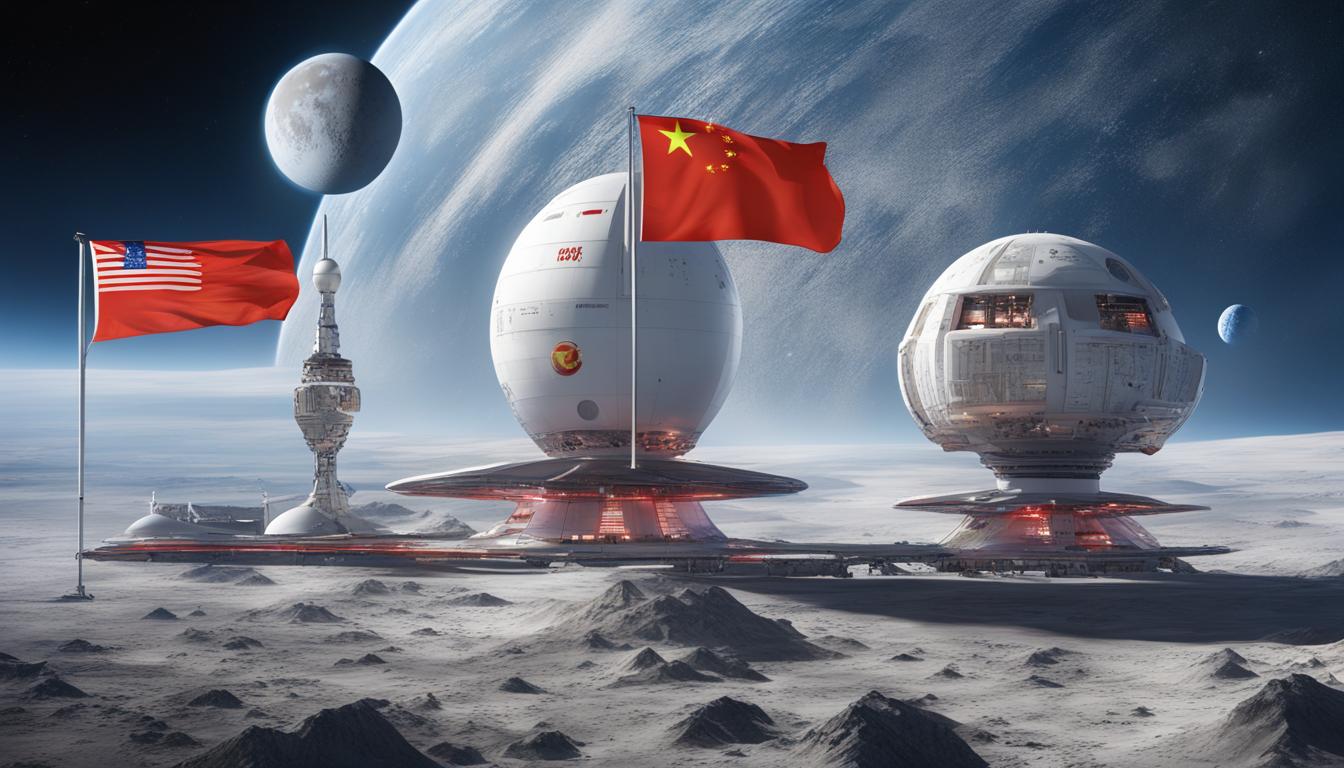China’s launch of the Chang’e-6 mission to the moon’s far side marks a significant escalation in the global space race, potentially heightening tensions with the United States as it also advances its own Artemis program.
China has further demonstrated its burgeoning presence in the international space race with the launch of the Chang’e-6 mission to the far side of the moon, intensifying geopolitical tensions with the United States. China’s series of robust space exploration missions, including crewed trips to the Tiangong space station, have raised concerns among US officials about potential military applications of China’s space technology. The US, while advancing its Artemis program aimed at scientific research on the moon, views China’s accelerated space achievements, which include cooperating with Russia on a lunar research station, as a strategic challenge.
In the realm of aviation, Airbus has seen a significant market performance, overshadowing Boeing by continually outstripping it in terms of plane orders and deliveries. Recently, Airbus reported a 28% increase in net profit and emphasized vigilance in managing production amidst supply chain constraints. Conversely, Boeing has struggled with production and safety issues, particularly with its 737 Max aircraft, leading to a government-imposed production cap.
Simultaneously, Boeing is engaging in the space sector with the scheduled launch of its Starliner crew capsule from Florida, intending to transport two astronauts to the International Space Station. This mission is crucial for Boeing as it seeks to recover from previous setbacks in its space program, including a failed test flight in 2019. Veteran astronauts Sunita Williams and Barry “Butch” Wilmore are slated to crew the upcoming test flight, signifying a potentially significant step forward for Boeing in fulfilling NASA’s astronaut transport objectives.













